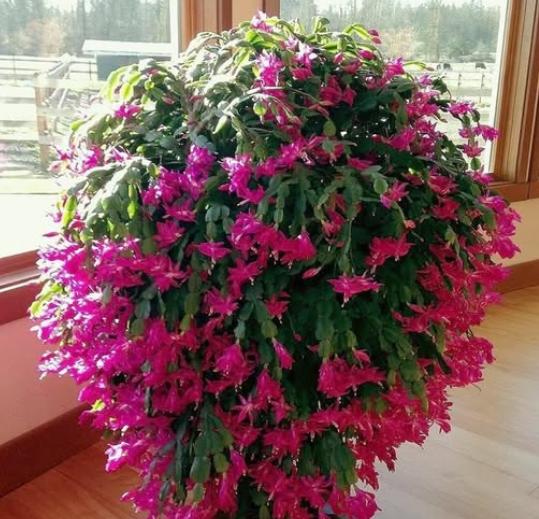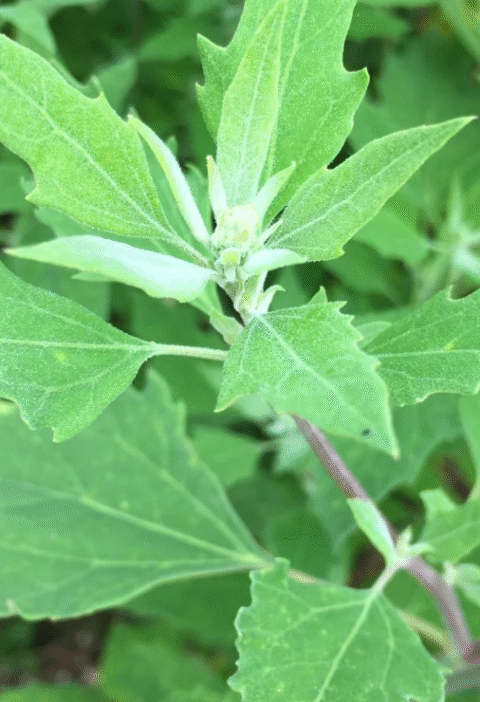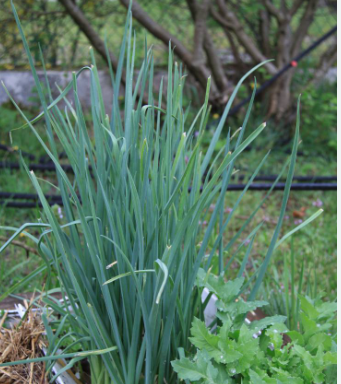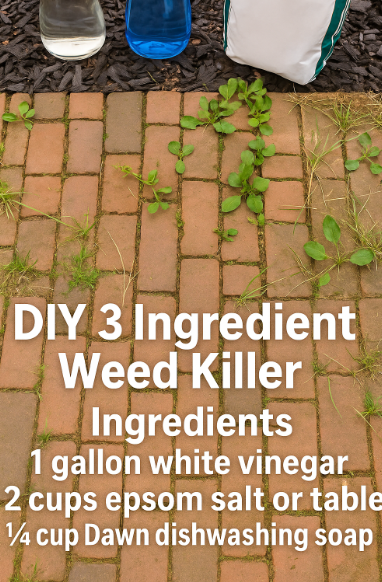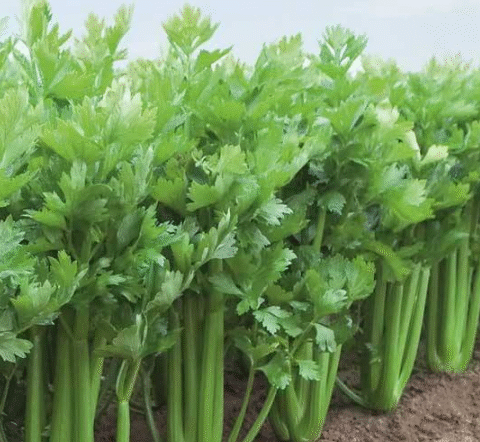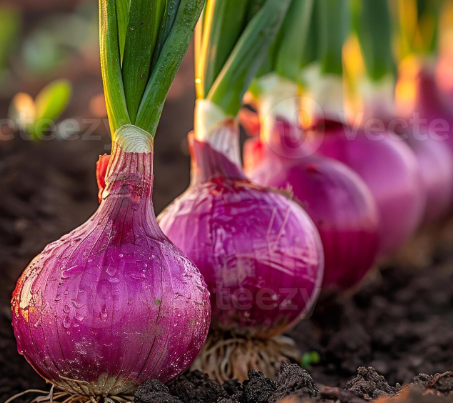Struggling with Anthuriums That Never Flower? Unlock Their Blooms Naturally! 🌿✨
If your Anthurium bursts with glossy green leaves but refuses to show even one flower, you’re not alone. With some strategic care—including light, watering adjustments, and a homemade red onion fertilizer—you can spark that long-awaited floral display.
Why Isn’t Your Anthurium Blooming?
- Lack of Bright Indirect Light: Anthuriums thrive in well-lit spaces, but direct sun can scorch the foliage.
- Overwatering or Hard Water: These plants prefer lightly moist soil and benefit from chlorine-free, room‑temperature water.
- Excess Nitrogen: A nitrogen-rich fertilizer encourages leaf growth at the expense of flowers—potassium is what triggers blooming.
Expert Tips for Encouraging Anthurium Blooms
🌞 Optimize Light Exposure
Place your Anthurium where it receives bright, indirect sunlight—like near an east- or north-facing window. Avoid harsh midday rays that might scorch its foliage.
💧 Watering & Humidity Essentials
- Use soft, filtered, or rainwater at room temperature to prevent chlorine or fluoride stress.
- Keep soil lightly moist but never waterlogged—avoid allowing it to dry completely or stay soggy.
- Aim for at least 60% humidity and mist leaves occasionally to mimic tropical conditions.
🌱 Feed for Flowers, Not Just Leaves
Choose a fertilizer higher in phosphorus and potassium (e.g., an N–P–K ratio like 3–15–30) to encourage flowering rather than foliage.
💡 Try This Homemade Red Onion Fertilizer – A Natural Bloom Booster
Ingredients & Instructions
- 1 unpeeled red onion
- 1.5 L of water total
- Chop the onion into pieces.
- Blend the onion with 500 ml of water.
- Strain the mixture through a fine sieve or cloth.
- Mix the strained liquid with the remaining 1 L of water.
- Use this to water your Anthurium once a month, pouring gently around—but not on—the root ball.
- Optionally, lightly mist leaves to boost humidity.
This mild, nutrient‑rich fertilizer supplies organic phosphorus and potassium to gently stimulate blooming.
Nutrition & Growth Benefits Table
| Nutrient or Factor | Benefit to Anthurium | Why It Matters |
|---|---|---|
| Potassium (K) | Encourages bloom formation | Mobilizes energy into flower development |
| Phosphorus (P) | Supports root and bud health | Vital for early fruiting and flower bud initiation |
| Organic compounds in onions | Gentle fertilization without chemical buildup | Safe for houseplants, low salt index |
| Humidity & Temperature | Consistent warm, humid air | Replicates natural tropical habitat |
| Light level | Bright but indirect sunlight | Drives photosynthesis without leaf burn |
Expert Insights 🌿
- Dr. Leila Nour, Tropical Plant Specialist: “Anthuriums demand warm, humid conditions and balanced nutrition—phosphorus and potassium are key for flower development.”
- Prof. Mark Benson, Indoor Plant Expert: “Nitrogen-heavy feeding risks lush foliage but delays blooms—switch to bloom‑focused fertilizers after vegetative growth slows.”
🧼 Quick Health & Safety Practices
- Use clean water free of chlorine and at room temperature to avoid root shock.
- Avoid fertilizer buildup—organic onion mix is mild and low-risk.
- Ensure container plants have good drainage to prevent root rot.
- Wear gloves while preparing the onion blend and wash hands afterward.
When to Expect Results
With optimized light, humidity, and monthly onion fertilizing, Anthuriums may bloom within 6–8 weeks. Consistency is key—maintain care routines through active growth seasons.
🧠 10 FAQs About Anthurium Flowering
- Q: Can I use red onion fertilizer more frequently?
A: No—once a month is sufficient. Overfeeding could harm the plant. - Q: Can other onions work?
A: Red onions have higher organic phosphorus. Yellow onion is less effective. - Q: Should I fertilize during winter?
A: Skip monthly feeding in dormant (cool, low-light) months—wait until signs of new growth. - Q: What if I can’t provide enough humidity?
A: Use a humidity tray or humidifier near the plant to reach 60%+ levels. - Q: Can flowering stop from too much shade?
A: Yes—low light means no energy to develop blooms. - Q: Do I need to repot the plant?
A: If roots are crowded or soil is depleted, repot in a well‑draining medium to refresh nutrients. - Q: Any signs that flowers are forming?
A: Look for emerging white or pale pink spadix and tightly packed leaf clusters near the central stem. - Q: Can overwatering delay flowering?
A: Absolutely—constantly soggy soil stunts bud development. - Q: Are synthetic bloom fertilizers better?
A: They work faster, but organic onion fertilizer delivers gentle, sustainable results with less salt risk. - Q: Should I prune foliage to promote blooms?
A: Light pruning of old leaves can redirect energy, but avoid removing too much green mass.
🌸 Final Flourish
Supply bright indirect light, warm temps, and breathing room; trade leafy overfeeding for potassium-rich bloom nutrition; and introduce your once-bedroom centerpiece to a gentle red onion fertilizer. Within a few weeks, you should start to see the show-stopping flowers—without chemicals or fancy products.
Want help choosing potting mixes, indoor lighting options, or adjusting this method for other tropical houseplants? I’d love to help—just ask! 🌱
